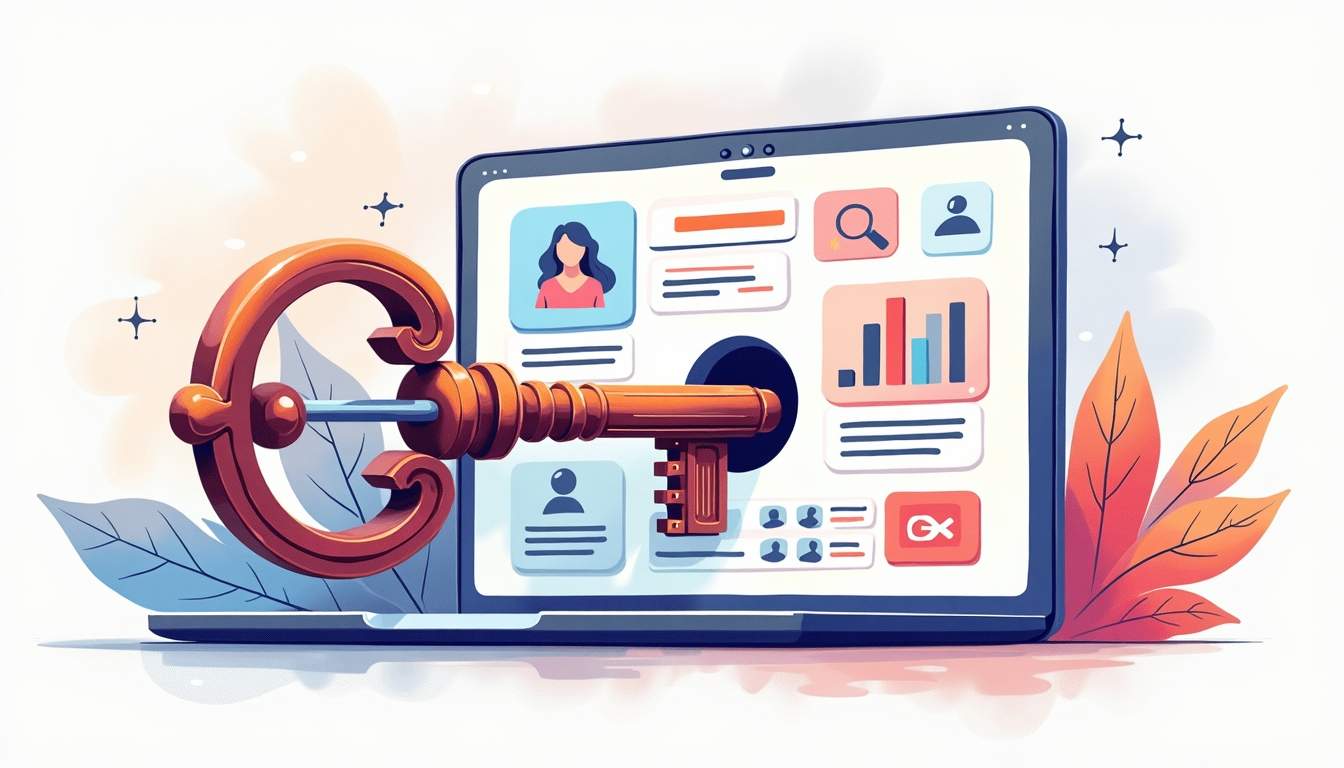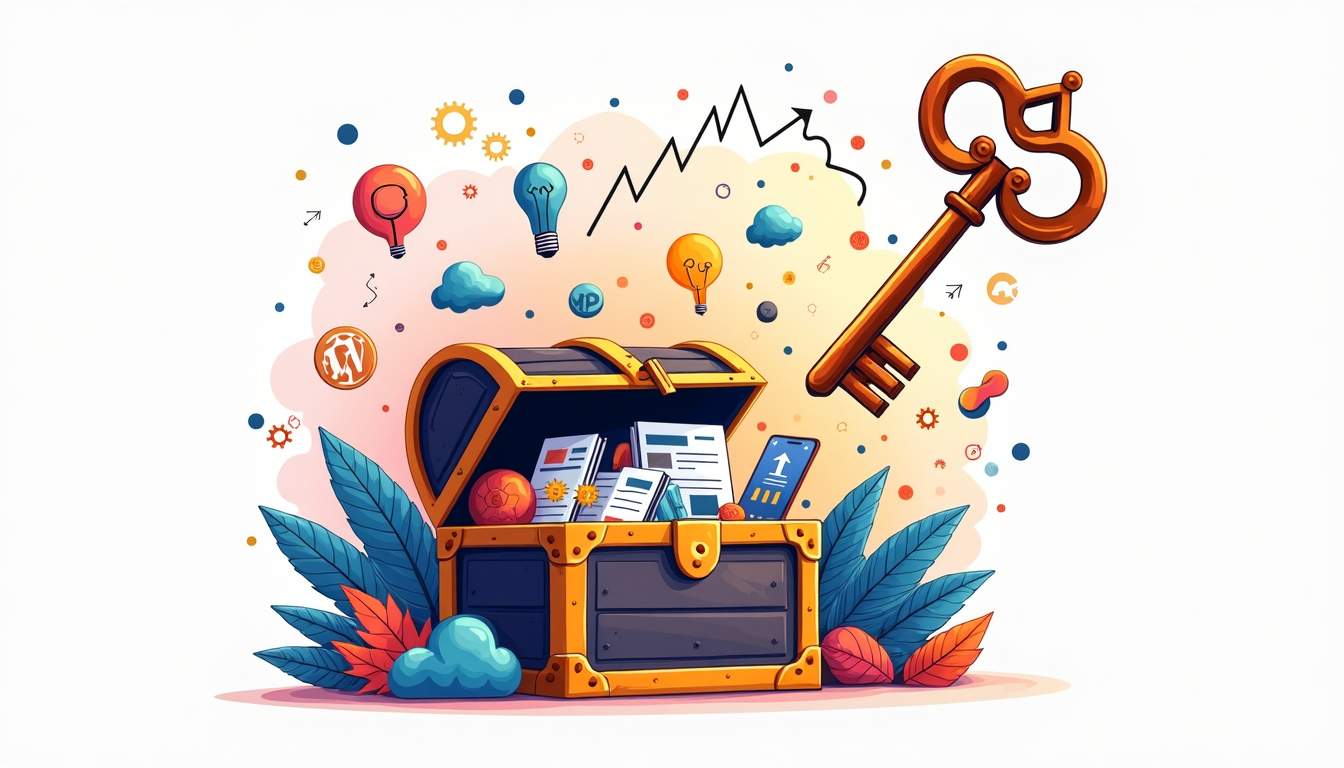User Onboarding Service: The Key to Unlocking Product Growth
When it comes to product growth, user onboarding is not just a checkbox on a to-do list; it’s a critical component that can make or break your business. A staggering 97% of companies recognize the importance of effective user onboarding for their growth trajectory. But what does that really mean? Let’s dive into the nuances of user onboarding services and why they are essential for your organization.
Understanding User Onboarding
User onboarding is the process of guiding new users through your product, ensuring they understand its features and benefits. It’s about making that first experience as seamless and engaging as possible. But why is this so crucial? The answer lies in the concept of Time to Value (TTV).

What is Time to Value?
Time to Value is a core business KPI that measures how quickly a user can derive value from your product. Elena Verna puts it succinctly: the onboarding period is a race against the 'silent churn risk.' Every day a user spends without experiencing meaningful success increases the likelihood they’ll disengage. This is a reality that every business must face.
The Impact of Onboarding on Retention
Consider this: 86% of customers are more likely to stay with a company long-term if they have a positive onboarding experience. This statistic underscores the importance of investing in a robust onboarding service. If users feel lost or overwhelmed, they’re likely to abandon ship before they even get a chance to see what your product can do.
The Role of Technology in User Onboarding
In today’s digital landscape, technology plays a pivotal role in enhancing user onboarding experiences. The integration of AI-driven automation in client onboarding solutions is a game changer. It’s not just about making things easier; it’s about efficiency. Recent developments show that these solutions can reduce manual interventions by up to 40%, optimizing operational costs for enterprises.

AI-Driven Solutions
Imagine a world where your onboarding process is not only automated but also personalized. AI can analyze user behavior and tailor the onboarding experience accordingly. This means that instead of a one-size-fits-all approach, users receive guidance that resonates with their specific needs and preferences. It’s a win-win situation.
Case Study: Multi-Agent Onboarding Assistants
A recent study titled "A Multi-agent Onboarding Assistant based on Large Language Models, Retrieval Augmented Generation, and Chain-of-Thought" evaluated an onboarding assistant system. The results were promising, with an average helpfulness rating of 3.26 out of 4 among participants. This indicates that users found the AI-driven assistant not only useful but also engaging.
Market Trends in User Onboarding Services
The client onboarding software market is on an upward trajectory. Valued at USD 2.1 billion in 2024, it’s projected to reach USD 5.4 billion by 2033, growing at a CAGR of 10.9% from 2026 to 2033. This growth reflects a broader recognition of the importance of effective onboarding solutions.

Why the Surge in Demand?
As businesses increasingly recognize the value of customer retention, the demand for sophisticated onboarding solutions is skyrocketing. Companies are no longer satisfied with basic tutorials or FAQs. They want comprehensive, engaging experiences that keep users coming back. This shift is driving innovation in the onboarding space.
Challenges in Onboarding
Despite the advancements, challenges remain. A study titled "Large-Scale Analysis of New Employee Network Dynamics" found that new employees' network statistics remain significantly lower than those of tenured employees even after a six-month onboarding phase. This highlights the need for continuous improvement in onboarding processes, ensuring that new users feel integrated and valued.
Best Practices for Effective User Onboarding
So, how can you ensure your user onboarding service is effective? Here are some best practices to consider:
1. Personalization is Key
Every user is different. Tailoring the onboarding experience to meet individual needs can significantly enhance engagement. Use data analytics to understand user behavior and preferences, and adjust your onboarding process accordingly.
2. Keep It Simple
Overloading new users with information can be counterproductive. Focus on the essentials and gradually introduce more complex features as users become comfortable with the product. This step-by-step approach can help mitigate feelings of overwhelm.
3. Provide Continuous Support
Onboarding doesn’t end after the first week. Continuous support through tutorials, FAQs, and customer service can help users navigate challenges as they arise. Consider implementing a feedback loop to gather insights on user experiences and areas for improvement.
Conclusion: The Future of User Onboarding Services
As we look to the future, the importance of user onboarding services will only continue to grow. With advancements in technology and a deeper understanding of user needs, businesses have the opportunity to create onboarding experiences that not only engage but also retain customers. The race against silent churn risk is on, and those who invest in effective onboarding will undoubtedly come out on top.
In a world where every interaction counts, don’t underestimate the power of a well-executed onboarding service. It’s not just about getting users in the door; it’s about ensuring they stay and thrive.
